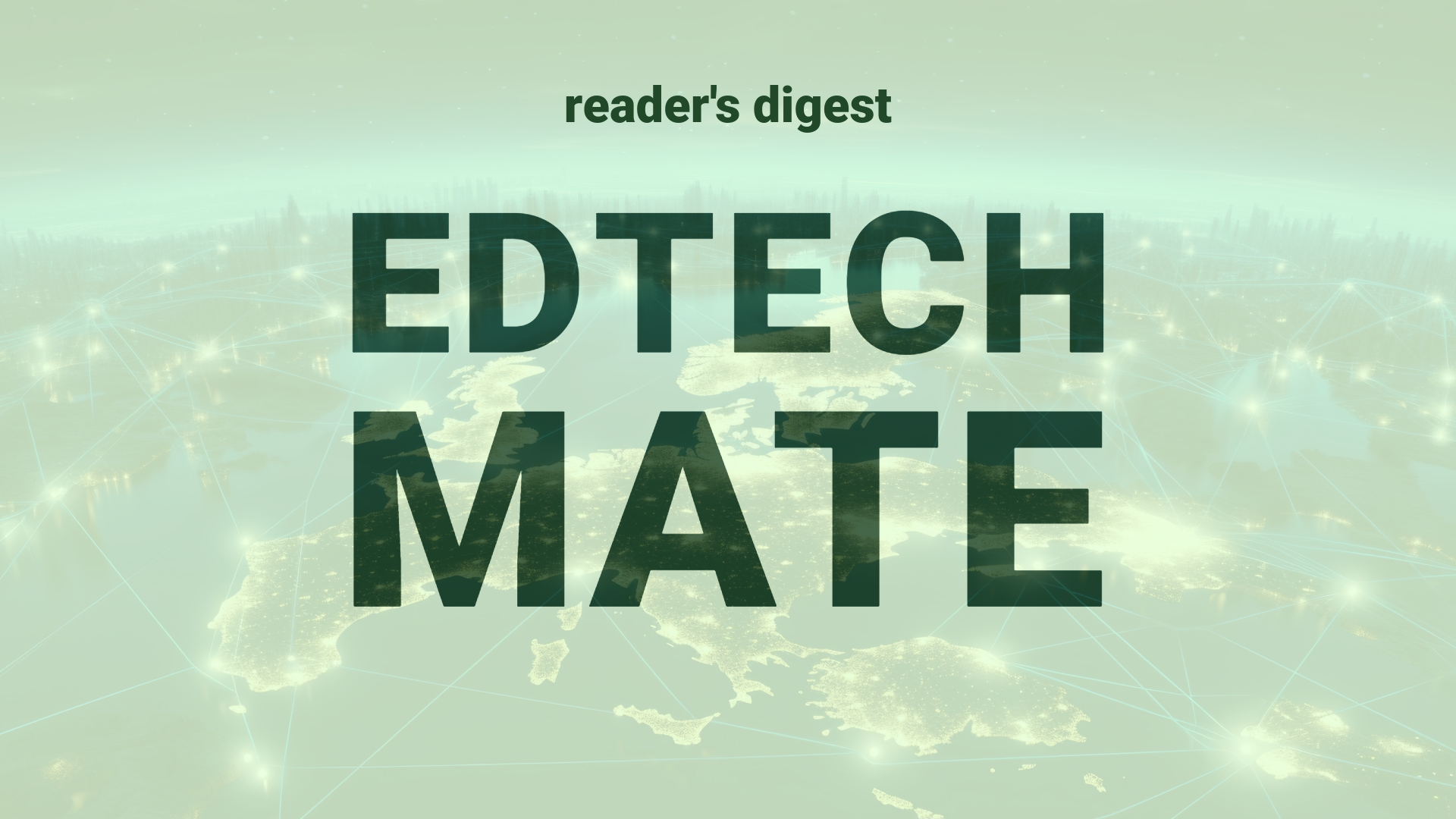Executive Summary and Main Points
The integration of educational technology into global higher education is evolving to address the multifaceted needs of a diverse student population. Innovations are regularly surfacing in areas such as virtual learning environments, adaptive learning systems, MOOCs (Massive Open Online Courses), and AI-driven educational tools aiming to personalize and enhance the learning experience. These advancements have introduced trends including the gamification of learning, micro-credentialing, competency-based education, and increased emphasis on lifelong learning—an essential response to the rapid pace of change in various industries and the global workforce.
Potential Impact in the Education Sector
As we witness a surge in aging populations and a corresponding rise in retirement rates, higher education institutions must anticipate an increasing demand for lifelong learning. Further Education and Higher Education can tap into this demographic by offering age-friendly courses, incorporating flexible online learning modules, and promoting intergenerational learning spaces. The focus on Micro-credentials will grow as retirees seek to gain new skills for personal growth or post-retirement careers. Strategic partnerships between universities and industries can foster curriculum development that meets retirees’ interests while also addressing skill gaps in the workforce. Digitalization efforts, such as online platforms and learning management systems, enable accessible and personalized education for retirees, facilitating their integration into the digital world.
Potential Applicability in the Education Sector
Innovative applications can be seen in AI technology and digital tools that calibrate educational content to individual pacing and learning styles—essential for older learners who may be returning to education after a hiatus. Global education systems can benefit from adopting AI-driven mentorship programs, retirement transition courses, and community-focused learning initiatives that utilize virtual reality (VR) to simulate diverse experiences ranging from professional development to leisure activities. The introduction of chatbots for administrative support and guidance counselling can further streamline the transition for mature students into higher education.
Criticism and Potential Shortfalls
Although the promises of education technology are vast, potential shortfalls include the digital divide that may disadvantage mature learners unfamiliar with newer technologies. A comparative analysis of international case studies reveals disparities in digital literacy across different regions, posing challenges for equitable access to these tools. Ethical considerations related to data privacy and AI biases must be vigilantly addressed, and cultural implications of implementing such technologies should be assessed to avoid alienation of learners from diverse backgrounds. Educational technology must be inclusive and considerate of the values and traditions of the populations it aims to serve.
Actionable Recommendations
To advance the implementation of educational technologies effectively, institutions should prioritize digital literacy programs tailored for retirees. Leadership should advocate for comprehensive training for all educators on how to accommodate and engage older learners through technology. Expansion of global networks for best practice sharing on the use of AI and digital tools in the education of retirees can further enrich the sector. Regular assessments to identify barriers for mature learners will guide the creation of more inclusive and user-friendly educational technology. Ultimately, a mindful deployment of these technologies, with a focus on lifelong learning and adaptability, can help equip retirees not just for a life post-work, but also for engagement in a dynamically changing world.
Source article: https://hbr.org/2024/05/coping-with-the-stress-of-retirement

